Climate Change within the Caribbean Region: Its causes and impacts on the region and its citizens.
Date: Wednesday 4th October, 2023.
What is Climate Change?
Climate Change refers to fluctuations in typical weather patterns and temperatures locally, regionally and globally (United Nations, n.d.). These changes lead to adversely warm temperatures or even extremely cold temperatures, though the latter rarely occurs. Such drastic changes in climatic conditions pose major vulnerability worldwide, especially upon Caribbean islands as its sensitivity and exposure to these threats are paramount.
What are the CAUSES of Climate Change in the Caribbean Region?
From natural causes to primarily human-induced (anthropogenic) actions, both generate the main greenhouse gases of methane and carbon-dioxide which contribute to Climate Change. It must be noted however, that population increase also gives rise to Climate Change as this factor connectively influences many other causes of Climate Change. Nevertheless, though Caribbean islands meagerly add to greenhouse gas emissions, it certainly bears the brunt of its effects.NATURAL CAUSES OF CLIMATE CHANGE IN THE CARIBBEAN
VOLCANIC ERUPTIONS
Being situated between the North American and Caribbean tectonic plates, several volcanoes are based throughout the Caribbean Region. The subduction of one plate beneath another melts the rock plate to build pressure which then releases molten lava. These volcanic eruptions, for example the La Soufrière volcano in Saint Vincent, emit aerosols to cool the atmosphere, but it also produces carbon dioxide (CO2), warming the earth and threatening plants, animals and human lives in the vicinity of the volcanoes when they erupt (Met Office, n.d.). Despite that, Caribbean volcanoes are predominantly dormant, hence, emanating less CO2 than humans on a regular basis.
MILANKOVITCH CYCLES
Temperature on earth is influenced by the energy radiated by the sun. A rise in energy released by the sun warms the earth’s atmosphere. However, only the bottom layer of the earth is affected by warming, making solar irradiance a minor cause of recent Climate Change in the Caribbean.
EL NIÑO SOUTHERN OSCILLATION (ENSO)
In the Pacific Ocean, the ENSO results in a warming of global temperatures. Yet, though this phenomenon alters the pattern of water temperatures, these changes are short-term, thus, the ENSO is not a major cause of current Climate Change in the Caribbean Region.
ANTHROPOGENIC CAUSES OF CLIMATE CHANGE IN THE CARIBBEAN
BURING OF FOSSIL FUELS (Oil and Gas production)
Since the dawn of the industrial revolution in the late 18th century, the combustion of fossil fuels, being coal, natural gas and oil by humans for the production of goods and services, have increased the presence of CO2 and other harmful greenhouse gases in the atmosphere, contributing to Climate Change (Turrentine 2022). In the Caribbean, Trinidad and Tobago is the largest natural gas and oil producer, processing approximately 2 billion cubic feet (Bcf) of natural gas per day and 97,725.61 barrels of oil per day, in which the latter represents 2016 figures (Ministry of Energy and Energy Industries, n.d,; Worldometer, n.d.). The Point Lisas Industrial Estate, as shown in Image 1 below in Trinidad and Tobago, is the current petrochemical complex in the country. As such, this makes Trinidad and Tobao's energy sector a significant contributor to carbon dioxide emissions to cause Climate Change in the Caribbean.
ELECTRICITY
GENERATION (Fluorinated Gas production)
Many residential households and commercial buildings utilize electricity to power electronics, produce light, cook food, for refrigeration, to wash clothing, for heating and even entertainment. Given the current rise in global temperatures and heat waves as shown throughout the Caribbean Region, the growing demand for cooling systems such as air-conditioners have amplified electricity consumption. This raises the emission of carbon-dioxide, nitrous-oxide and methane gases, worsening Climate Change.
DEFORESTATION
The soil and vegetation of forests and wetlands are
crucial carbon dioxide sequesters in the Caribbean Region. Through logging, the
burning and cutting of trees for various purposes, such as pasture use or
to sell the wood for capital gain, the presence of atmospheric carbon dioxide
increases, causing Climate Change. This is shown in Haiti for instance at the
border between Haiti and the Dominican Republic in Image 2 below, where deforestation
is a major issue. Their overuse of nearly 70% of wood as a source of energy for electricity or gas has left only 2% of its
territory to be covered by forests today (DGB Group 2023).
TRANSPORTATION
The Caribbean Region is highly dependent on fossil fuels to power transportation services. This includes cars, ships, planes, trucks and even buses. Though public transportation is widely used, many individuals rather the comfort of their own vehicles. This accounts for approximately 1/4 of carbon dioxide emitted yearly and as population size continues to rise, the use of transportation services would significantly increase, further altering the climate’s conditions for the worse (United Nations, n.d.).
AGRICULTURE (Crop and Livestock production)
The agricultural revolution of the 18th century innovated methods of cultivation, harvesting and crop and livestock production. This has negatively increased methane, nitrous oxide and other greenhouse gas concentrations in the atmosphere. Due to the adoption of synthetic fertilizers for instance, a common practice in the Caribbean, the generation of high crop yields rather than considering soil health affects climatic conditions in the long run. Also, in cases of large-scale farm production of pigs, chickens, sheep and especially cattle, it contributes to 35% of methane gas emissions (Sheth 2017). This is seen in Trinidad and Tobago, contributing to 96.6 thousand metric tons of methane, being the carbon dioxide equivalent (The World Bank 2023).INDUSTRIAL AND
MANUFACTURING PROCESSES
Cement, steel, plastics, iron, clothing, electronics and many other goods are created through chemicals produced via the burning of fossil fuels by industrial and manufacturing companies. Industrial processes such as mining and construction also release greenhouse gases, contributing toward Climate Change.
What are the IMPACTS of Climate Change throughout the Caribbean Region and how are Caribbean citizens affected by these impacts?
ENVIRONMENTAL IMPACTS
INCREASED TEMPERATURES
Increased greenhouse gases, particularly carbon dioxide and methane, have exponentially risen global surface and ocean temperatures since the 1750's. Heat waves, as shown in Trinidad and Tobago in Image 3 below, wildfires and heat-related illnesses such as heat stroke happen more often and even the arctic’s ice is melting faster as shown by its recent growth in plants, an indication that Climate Change is worsening as temperatures are rising (UNEP 2018). This increase in temperatures prove disastrous to the Caribbean Region and its citizens in a plethora of ways which would be further listed.
BIODIVERSITY LOSS
Climate Change threatens the survival of marine and land flora and fauna. As temperatures increase, more plants and animals are becoming extinct as the presence of invasive diseases and pests rise, forest fires cause the loss of habitats and food availability decreases. This affects Caribbean citizens who depend on biodiversity, for instance hunters, who hunt wild animals during the hunting season to make an income. As shown in Barbados, Climate Change is highly affecting the sea turtles as the high temperatures and storms are destroying their natural habitat. Thus, some animals are forced to relocate in order to survive, while those who are unable to die.
Image 4: Sea turtles in Barbados threatened by Climate Change. Source: Babb 2021 (unep.org).
INCREASED NATURAL DISASTERS
The intensity, frequency, probability and existence of natural disasters, such as tropical cyclones, and hurricanes, have become more destructive due to Climate Change. Extreme flooding, substantial rainfall and thunderstorms are a result of Climate Change and global warming, where higher rates in evaporation influence more destructive disasters (Roy 2023). Puerto Rico is a victim of this rise in natural disasters as shown by Hurricane Maria in 2017, being the most devastating storm to have hit the island (Hersher 2019). These natural disasters cause losses to the economy, communities, coastal and land environments and human lives, affecting the Caribbean population greatly as in most cases, some countries are unable to cope or return to a sense of normalcy post disaster due to its level of destruction.
SEA LEVERL RISE
Increased warmth in ocean temperatures contribute to sea level rise as the warmer water becomes, the more it expands. This also causes ice sheets to melt, eventually affecting the Caribbean as the water rushes to the region, damaging coral reefs, other marine biodiversity, coastal communities and businesses and human lives immensely, even resulting in saltwater intrusion. As in the case of the Bahamas, they are extremely vulnerable to sea level rise as they are geographically shallow. Being under 10m above sea level, thermal expansion and melting glaciers makes the population, especially those that reside on the coasts and at the city Nassau, very prone to sea level rise (Gostovic 2021).
CORAL BLEACHING
Climate Change not only damages coastlines due to aggressive coastal erosion, generated by extreme storm events, but it significantly affects coral reefs. Increased carbon dioxide makes ocean water very acidic, endangering corals and other marine life. This is unfortunate to the Caribbean and its citizens as corals are crucial to the tourism industry, generating capital to vendors for instance when tourists pay to view their beauty on glass bottom boats. Moreover, coral bleaching destroys its beauty and weakens its use as buffers to coastal erosion. This is seen at the Buccoo Reef in Tobago, where its corals are suffering from a series of bleaching events and are dying.
DROUGHT
Climate Change has increased water scarcity. Exacerbated by global warming, water shortages in the Caribbean enhances ecosystem vulnerability, agricultural and ecological drought and reduces the ability to grow enough food to sustain populations, thus, putting them all at risk of sickness and possible death. As seen in Barbados where the frequency and intensity of droughts have been increased, this affects food security and agriculture (FAO 2016).
SOCIAL IMPACTS
DAMAGED INFRASTRUCTURE
Extreme storm events magnified by Climate Change damages the roofs of buildings, increases sea level and causes flooding, especially along coasts where dense populations reside in the Caribbean. This affects residential and commercial buildings, schools, healthcare institutions and transportation hubs. Gas pipelines, oil platforms and electrical grids are also damaged and disrupted, hindering their availability to numerous users.
MIGRATION
Hurricanes, volcanic eruptions and other natural disasters induced by Climate Change enhances floods, destroys buildings, creates urban slums, reduces access to potable water and food. This eventually leads to poverty and displacement, encouraging cross-border, international and even local migration. In the event of such intensified disasters, the Caribbean Region experiences extreme emigration of its citizens to South America, the United States, Europe and other foreign nations.
HEALTH RISKS
The health of humans and animals alike are at risk due to Climate Change. Possible long-term sicknesses and death through air and water pollution caused by fossil fuel combustion, diseases such as malaria and cholera spreading in waterways as a result of floods due to increased storms, hurricanes, etc., infecting those who ingest the contaminated water, and even damage caused by falling building debris put the health and lives of humans in danger. This is seen in Haiti where its cholera epidemic was a result of Climatic Changes. Moreover, the decline in nutritious and abundant food affects not only the physical, but also the mental health of all beings.
ECONOMIC IMPACTS
FOOD INSECURITY
Decreased production in fisheries, livestock, agricultural crops and forests threaten the ability to attain safe and nutritious food for many throughout the Caribbean. This is attributed to heavy rainfall, increased temperatures and natural disasters causing floods, drought, soil erosion and degradation, food and water contamination and the spread of pests and diseases.
DECREASED TOURISM
The Caribbean Region is highly dependent on the tourism industry. Contributing to a large sum of its GDP, as in Antigua and Barbuda where tourism contributes toward 60% of its GDP, the region's tourism sector is threatened by Climate Change where increases in natural disasters damage biological attractions, causes sea level rise and destroys coastal areas and inland communities (López 2023). This also impacts citizens, such as vendors in the Caribbean who depend on tourism to make money in order to sustain their livelihood.
CONCLUSION
That's it for today's topic.
See you next time!
REFERENCES
- DGB Group. 2023. “Haiti's deforestation: causes, consequences, and solutions.” Accessed September 29, 2023. https://www.green.earth/blog/haitis-deforestation-causes-consequences-and-solutions.
- FAO. 2016. “The Caribbean must prepare for increased drought due to climate change.” Accessed October 2, 2023. https://www.fao.org/americas/noticias/ver/en/c/419202/.
- Gostovic, Oliver, 2021. “The Bahamas: Hurricanes, Sea level Rise and Climate Change How climate change is ravaging The Bahamas with hurricanes and flooding.” Accessed October 2, 2023. https://storymaps.arcgis.com/stories/2841d4d221c7412fb8b887f7ffcf0c62.
- Hersher, Rebecca. 2019. “Climate Change Was The Engine That Powered Hurricane Maria's Devastating Rains.” Accessed October 1, 2023. https://www.npr.org/2019/04/17/714098828/climate-change-was-the-engine-that-powered-hurricane-marias-devastating-rains.
- Institute of Marine Affairs (IMA). 2022. “Tobago’s reefs are on their third consecutive year of coral bleaching.” Accessed October 1, 2023. https://www.ima.gov.tt/2022/10/28/tobagos-reefs-are-on-their-third-consecutive-year-of-coral-bleaching/.
- López, Ana M. 2023. “Caribbean countries or territories with the highest share of GDP generated by travel and tourism in 2021.” Accessed September 30, 2023. https://www.statista.com/statistics/789517/caribbean-direct-contribution-travel-tourism-gdp-country/#:~:text=Antigua%20and%20Barbuda%20was%20the%20Caribbean%20economy%20that,with%20the%20second-largest%20share%20of%20GDP%20from%20tourism.
- Met Office. n.d. “Causes of climate change.” Accessed September 30, 2023. https://www.metoffice.gov.uk/weather/climate-change/causes-of-climate-change.
- Ministry of Energy and Energy Industries. n.d. “Oil and Gas industry: Overview.” Accessed September 28, 2023. https://www.energy.gov.tt/our-business/oil-and-gas-industry/.
- Nations Online. n.d. “Map of the Caribbean.” Accessed September 30, 2023. https://www.nationsonline.org/oneworld/map/Caribbean-political-map.htm.
- National Geographic. 2016. “How Cholera Spread So Quickly Through Haiti.” Accessed September 30, 2023. https://www.nationalgeographic.com/science/article/haiti-cholera-crisis-united-nations-admission.
- Office of Satellite And Product Operations of the National Oceanic and Atmospheric Administration (OSPO NOAA). 2017. “Images of Hurricane Maria.” Accessed October 1, 2023. https://www.ospo.noaa.gov/Organization/History/imagery/Maria/index.html.
- Roy, Diana. 2023. “How the Caribbean Is Building Climate Resilience.” Accessed September 29, 2023. https://www.cfr.org/backgrounder/how-caribbean-building-climate-resilience.tt/#:~:text=The%20heat%20index%20is%20a%20combination%20of%20air,is%20forecast%20to%20be%20between%2035%C2%B0C%20and%2042%C2%B0C.
- Sheth, Khushboo. 2017. “Countries With The Highest Methane Emission Contributions From Agriculture.” Accessed September 28, 2023. https://www.worldatlas.com/articles/countries-with-the-highest-methane-emission-contributions-from-agriculture.html.
- Saint, Ekpali. 2022. “The Struggle to Conserve Threatened Forests in Haiti.” Accessed September 28, 2023. https://earth.org/conserve-forests-in-haiti/.
- Trinidad and Tobago Newsday. 2018. “NGC: April 2 resumption of CNC gas supply.” Accessed September 29, 2023. https://newsday.co.tt/2018/04/07/ngc-april-2-resumption-of-cnc-gas-supply/.
- Turrentine, Jeff. 2022. “What Are the Causes of Climate Change?” Accessed September 29, 2023. https://www.nrdc.org/stories/what-are-causes-climate-change#choices.
- Trinidad and Tobago Weather Center. 2023. “Hot Temperatures Continue Across T&T.” Accessed October 02, 2023. https://ttweathercenter.com/2023/08/03/hot-temperatures-continue-across-
- United Nations (U.N.). n.d. “What Is Climate Change.” Accessed September 30, 2023. https://www.un.org/en/climatechange/what-is-climate-change.
- United Nations (U.N.). n.d. “Causes and Effects of Climate Change.” Accessed September 30, 2023. https://www.un.org/en/climatechange/science/causes-effects-climate-change.
- UNEP. 2018. “Taller plants in warming Arctic could speed up climate change.” Accessed October 1, 2023. https://www.unep.org/news-and-stories/story/taller-plants-warming-arctic-could-speed-climate-change.
- UNEP. 2021. “Barbados PM Mottley leads the charge against climate change.” Accessed October 1, 2023. https://www.unep.org/news-and-stories/story/barbados-pm-mottley-leads-charge-against-climate-change.
- WorldoMeter. n.d. “Trinidad and Tobago Oil.” Accessed September 29, 2023. https://www.worldometers.info/oil/trinidad-and-tobago-oil/.
- Water Wednesdays. 2020. “The Drought Situation In Barbados Impacting On The Water Supply.” YouTube. Accessed October 1, 2023. https://www.youtube.com/watch?v=R1JNvybpHFA.
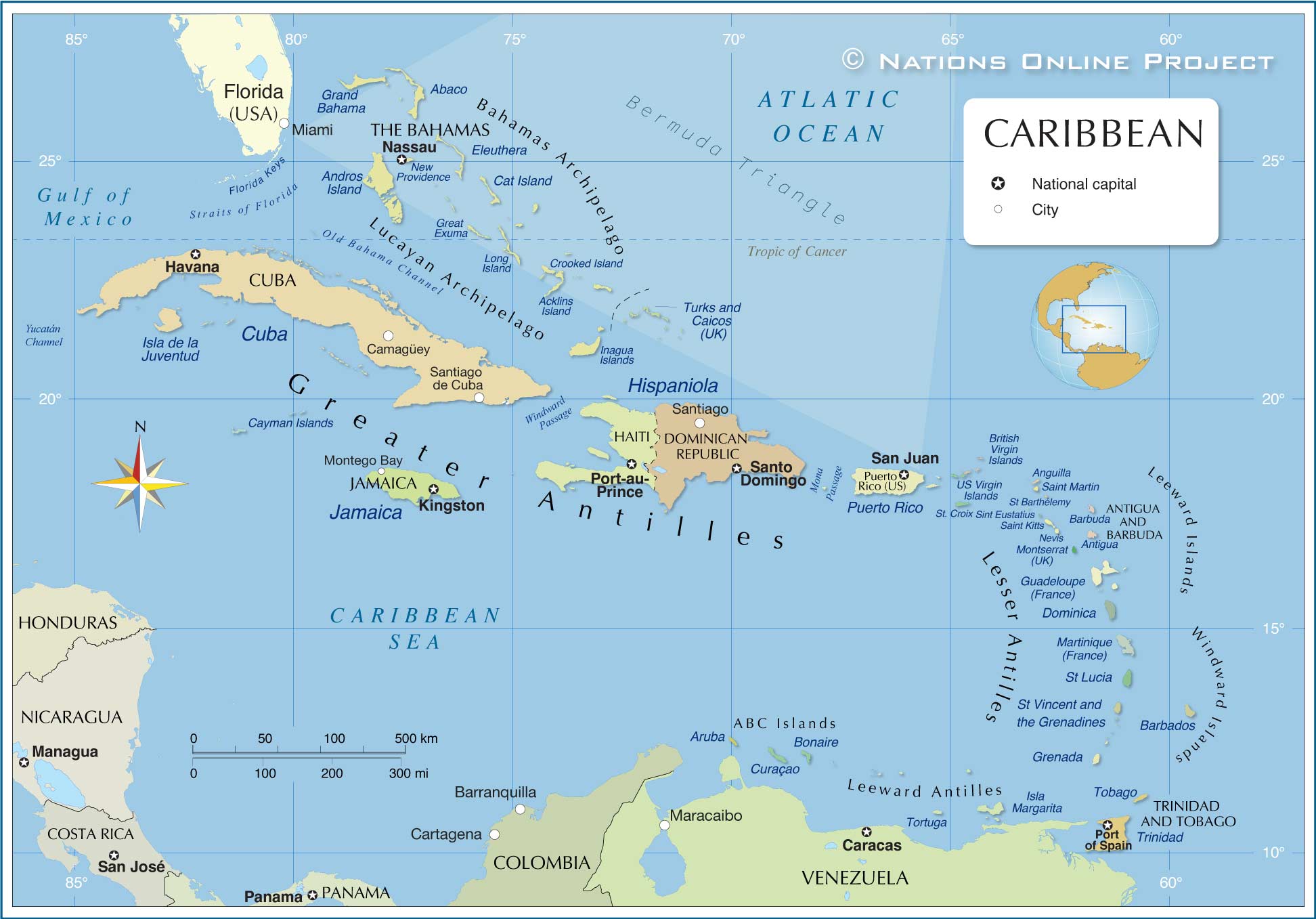




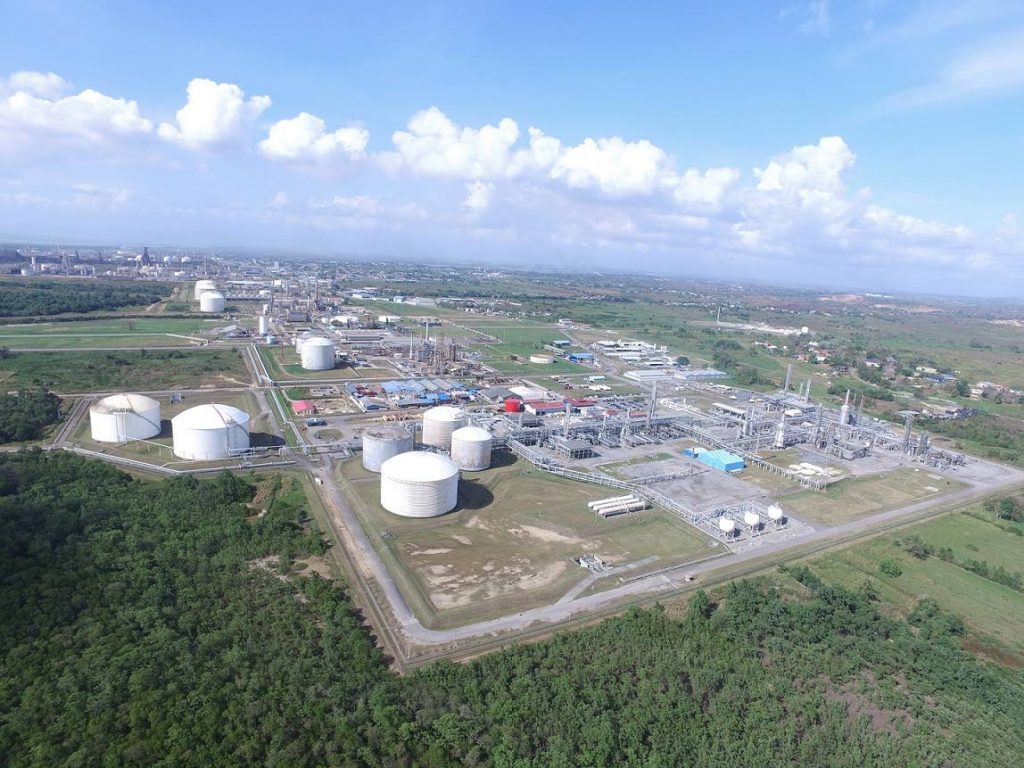







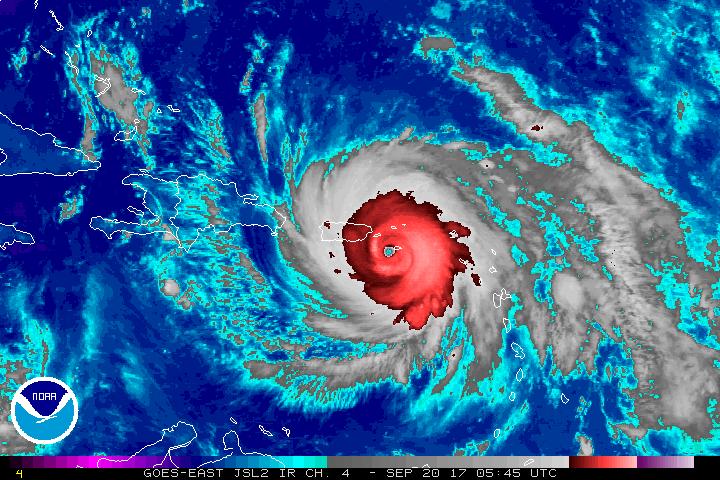

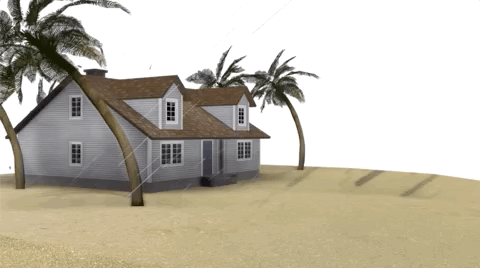





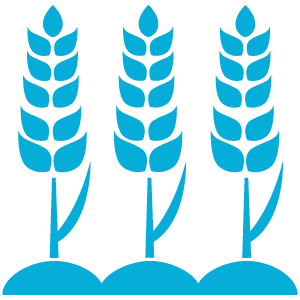


Comments
Post a Comment